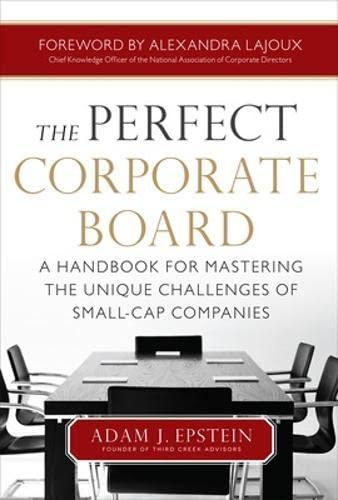A company is considering two mutually exduslve expansion plans. Plan A requires a $41 miltion expenditure on a large-scale integrated plant that would provide expected cash fows of $6.55 million per year for 20 years. Pian B requires a $12 million expenditure to bulid a sornewhat less efficient, more laborIntensive plant with an expected cash flow of $2.69 million per year for 20 years. The firm's WACC is 11%. The data has been collected in the Microscft Excel Online fle below. Open the spreadsheet and perform the required analysis to answer the questions below. Open spreadsheet a. Calculate each project's NPV. Round your answers to two decimal places. Do not round your intermediate calculations, Enter your answers in miltions. For example, an answer of $10,550,000 should be entered as 10.55. Plan A: 5 million Pian B: 5 million Calculate each project's 1RR. Round your answer to two decimal places. Plan A: Pian B: b. By graphing the NPV profiles for Pian A and Plan B, approximate the crossover rate to the nearest percent. c. Calculate the crossover rate where the two projects' Npvs are equal. Round your answer to two decimal places. d. Why is NPY better than 1RR for making capital budgeting decisions that add to shareholder value? The input in the box below will not be graded, but may be reviewed and considered by your instructor. A company is considering two mutually exduslve expansion plans. Plan A requires a $41 miltion expenditure on a large-scale integrated plant that would provide expected cash fows of $6.55 million per year for 20 years. Pian B requires a $12 million expenditure to bulid a sornewhat less efficient, more laborIntensive plant with an expected cash flow of $2.69 million per year for 20 years. The firm's WACC is 11%. The data has been collected in the Microscft Excel Online fle below. Open the spreadsheet and perform the required analysis to answer the questions below. Open spreadsheet a. Calculate each project's NPV. Round your answers to two decimal places. Do not round your intermediate calculations, Enter your answers in miltions. For example, an answer of $10,550,000 should be entered as 10.55. Plan A: 5 million Pian B: 5 million Calculate each project's 1RR. Round your answer to two decimal places. Plan A: Pian B: b. By graphing the NPV profiles for Pian A and Plan B, approximate the crossover rate to the nearest percent. c. Calculate the crossover rate where the two projects' Npvs are equal. Round your answer to two decimal places. d. Why is NPY better than 1RR for making capital budgeting decisions that add to shareholder value? The input in the box below will not be graded, but may be reviewed and considered by your instructor







